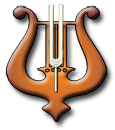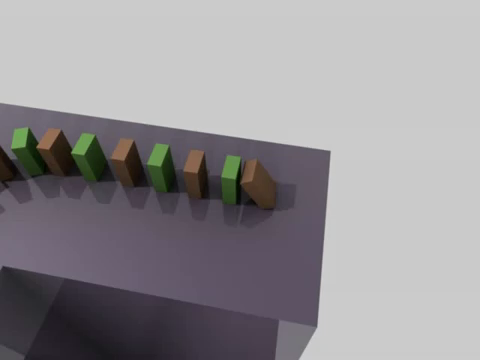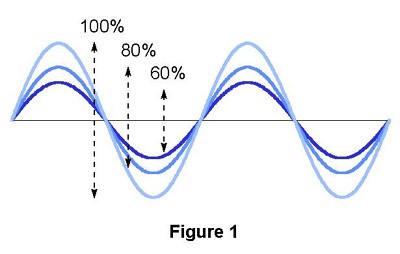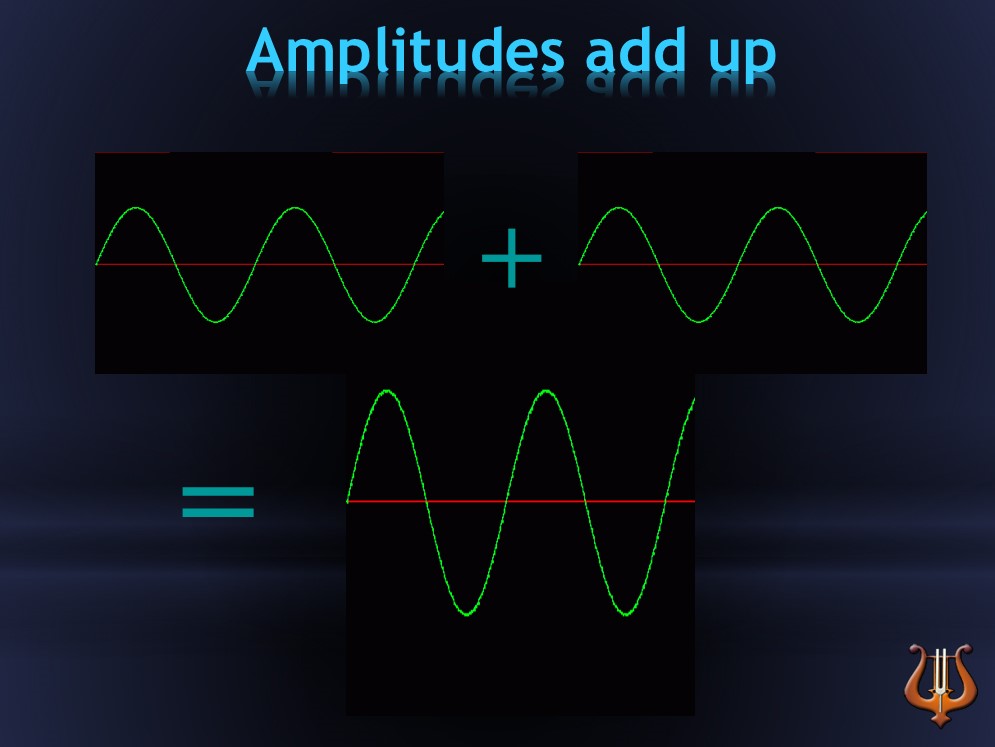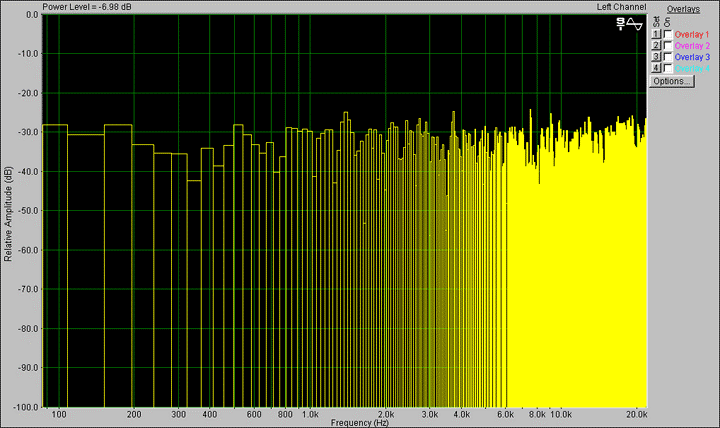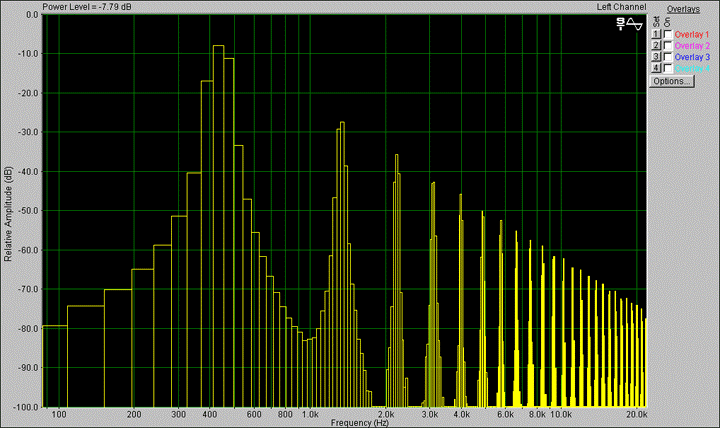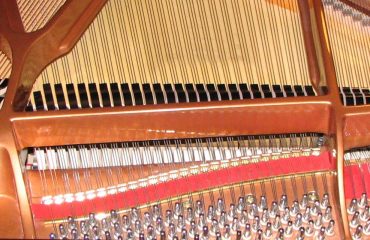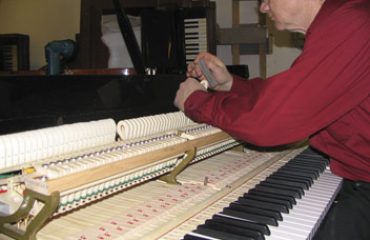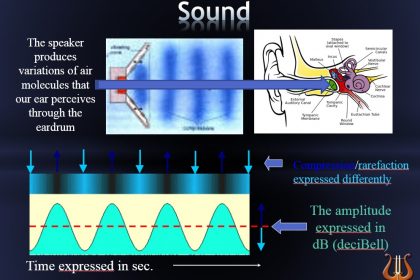
Sound is perceived by the human ear thanks to changes in energy in air molecules. Sound is an alternating compression and rarefaction of air molecules produced by a sound source.
Top, we see an illustration of a speaker, which produces changes in air pressure that are picked up by our eardrums.
Then below, different ways of representing sound visually.
Sound is not wind! It is an energy transfer which manifests itself through a variation in pressure of air molecules. The air does not move!
Same as the DOMINO chain reaction.
In the corresponding video on the tutorial, we can follow the movement with our eyes, but the dominoes don’t actually change their position.
They transfer their energy in a chain reaction that topples them forward.
Visualize the air molecules like dominoes.
The sound amplitude (volume)
The bigger the vibratory movement, the louder the sound.
The more the piano string moves, the louder the sound.
The unit used to express the volume of a sound is the decibel, which was named in honor of Alexander Graham Bell
When two sound sources are heard at the same time, the result will be double the volume of each source heard individually.
In other words, two pianos sound louder than one. Same as, two strings will sound louder than only one string.
Later, we will see how to use this phenomenon to our advantage to tune a piano with greater precision.
Hint: by shifting our attention to the timbre rather than the pitch of the sound.
Surprising enough, piano tuners focus more on timbre than on the actual pitch of any given sound.
Now let’s see what differentiates noise from a musical sound
This spectrograph represent the harmonic components of a noise.
We can see that all the frequencies have the same energy.
It is the visual representation of a NOISE.
Said another way, all sounds, all frequencies, have the same intensity, in the same way that white color contains all other colors.
(click on the image to listen…)
By contrast, in the following spectrograph, we notice an ordering of the frequencies. This graph represents a MUSICAL sound.
This confirms the fact that noise is only a heap of disorganized sound, whereas music is sound in which the components are ordered and “organized”
